As the judges score the fight, every combat athlete knows that feeling of uncertainty. Despite knowing they have fought the good fight, anxiety of the scorecard not falling in their favor dominates those minutes after battle. But what if a fighter could control the outcome of his bouts? What if he or she could possess the power needed to end fights earlier; on their own terms. Ultimately, the goal is to avoid the later rounds and leaving the decision in the judges’ hands.
Everyone has witnessed a fighter blow a huge opportunity to end a fight by not capitalizing on a standing eight count or rocking his or her opponent with a heavy strike. Jon Hendricks recently fell victim to this as he failed to defeat Georges St. Pierre; letting the judges decide the outcome at UFC 167.
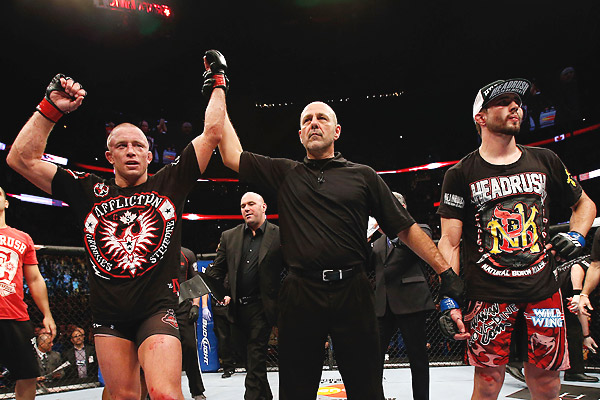
You have to beat the champ.
Post Activation Potentiation (let’s call it PAP) is a training concept utilizing heavy loading before explosive activity to better stimulate the central nervous system and recruit more motor units. To keep it simple, think back to your little league days when you would swing the bat with a weighted doughnut while on deck. Then taking it off and swinging with more speed.
This advanced method is utilized to bridge the gap between strength and power. In the search of improving explosive power and developing the alactic energy system, PAP can be a game changer in the ring, cage, or on the mat. Incorporating this combination method into your training arsenal could be the difference between just stunning your opponent and ending a fight via knockout.
In a variety of ways, PAP is a great tool in the development of an athlete. For short-term enhancement, this training phenomenon can be used right before an athletic competition (i.e., lifting heavy before a track and field event). However, for the purpose of this article we intend to provide an alactic energy system adaptation and in return, allow the fighter to improve their rate of force production. By doing so, the fighter will groove more efficient neural patterns by performing movements specific to their athletic activity.
The duration of this training phase runs four weeks. Within that time, lifting percentages and plyometric volume will simultaneously increase.
- Week 1 begins with 4 working sets of 6 reps, using a weight 76% of your one rep max (1RM).
- Week 2 demands 78% of your 1RM, but the rep scheme is adjusted to 5 by 5. By doing so heavier loads are achievable on the bar as well as more volume at your explosive activity (striking).
- Week 3, where you will peak, increases to a total of 6 sets. Although this carries a demanding load of 82%. This is by the far the most taxing week of the program, because of the combination of intensity on both the major lift and explosive activity.
- Week 4 is met with a much needed deload to give the body a chance to recover and prepare for the next phase of training, or even repeating the same phase with adjusted 1 RM’s.
If you are uncertain of your true 1RM use the equation below:
(weight x reps x .033) + weight = estimated 1RM
For instance, if you can bench press 225 pounds for 5 reps the equation would look like this:
(225 x 5 x .0333) + 225 = 262
From there, use the result multiplied by the prescribed percentage to determine the weight.
THE PAP PROGRAM:
For optimal recovery and to perform at your best each training session, it is recommend to space at least one day between strength training days. This doesn’t mean you have to fully shut down between training days, but instead focus on skill work or conditioning work on your “in-between” days.
As for accessory work, the PAP methods are only intended to serve as your main lift, not your entire training session. To maximize training effects and ensure physical development, a proper and efficient warm-up should be conducted before the main lift, as well as accessory work to assist to complete the training session.
Although, best set up specific to your own schedule, an ideal weekly training schedule would look like the following:
- Monday – Strength Session
- Tuesday – Skill/Conditioning Work
- Wednesday – Strength Session
- Thursday – Skill/Conditioning Work
- Friday – Strength Session
- Saturday – Skill/Conditioning Work
- Sunday – REST
However, you are completely open to arrange your schedule to best fit your needs.
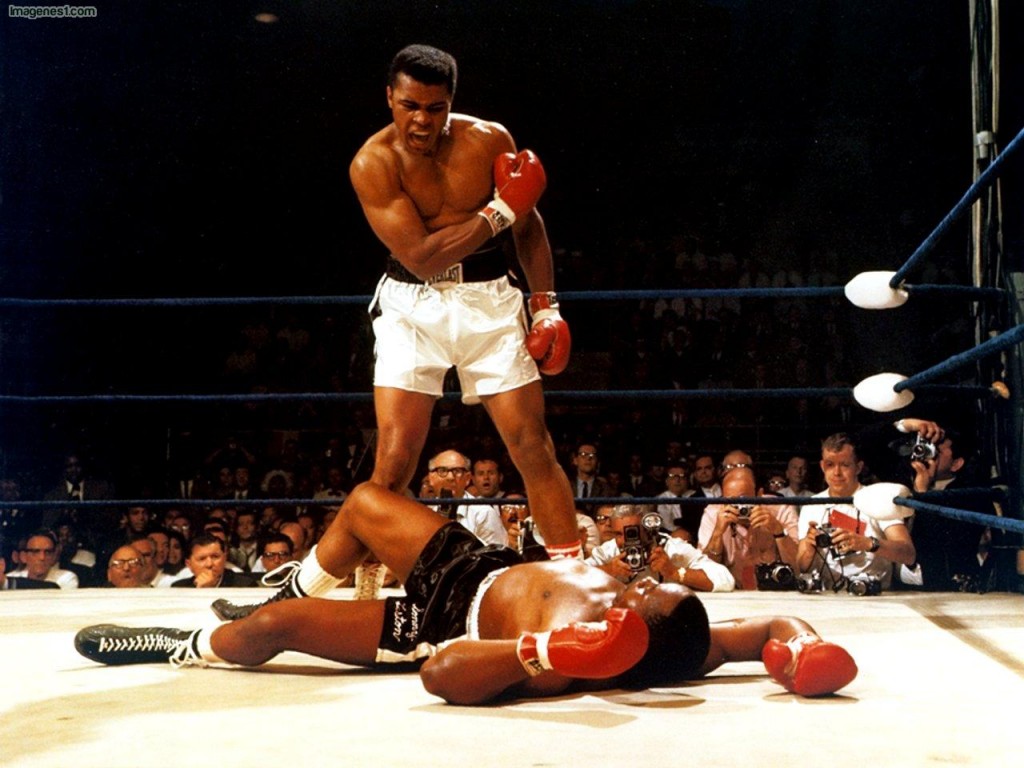
Mama Said Knock You Out
Give the next four weeks a go, and witness the undeniable increase in power it will give your striking. Now go Fight Strong.


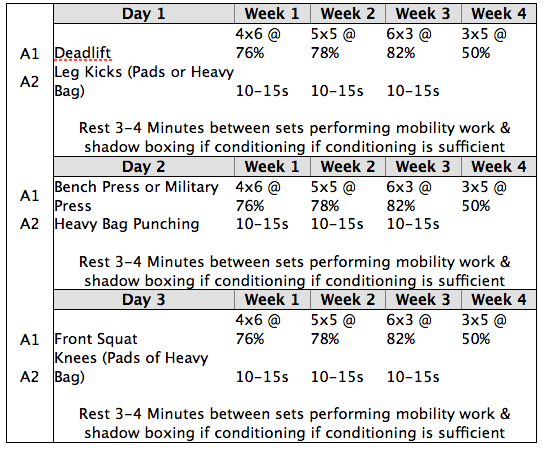

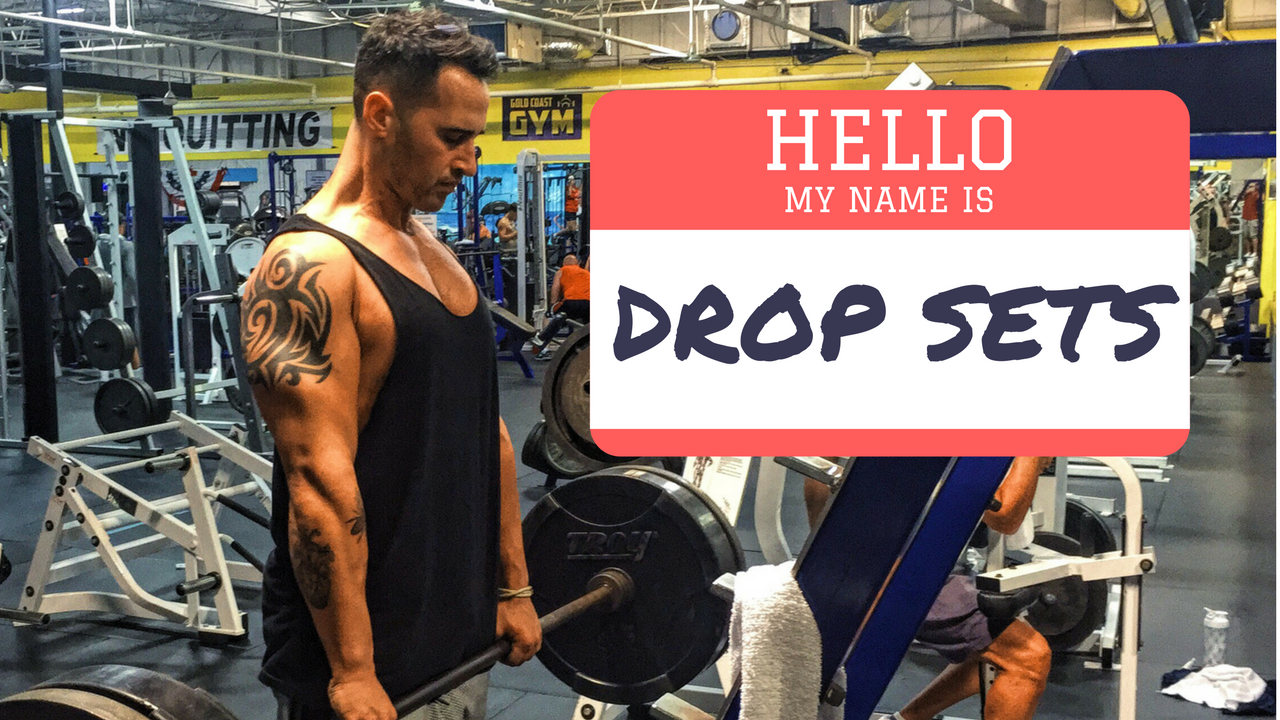
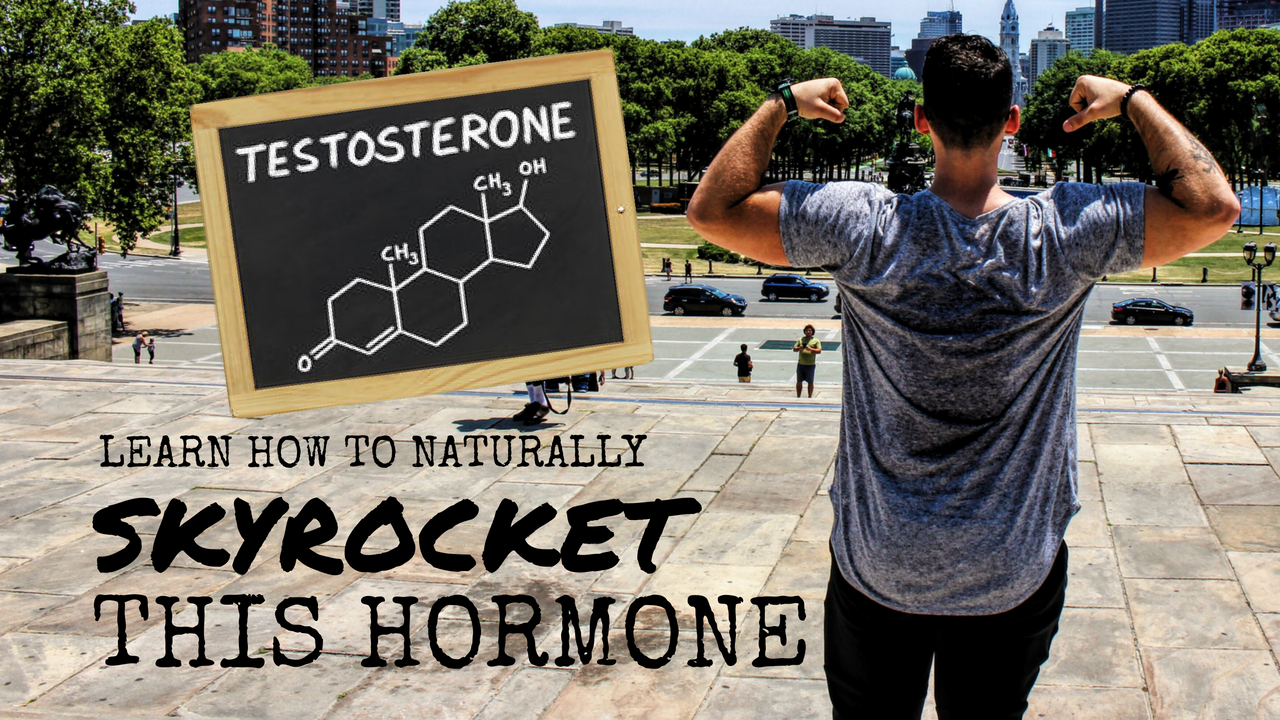
[…] For more on this article please check out Ryan and Eric Johnson at http://sonsofstrength.com/pap-combat-athletes/ […]